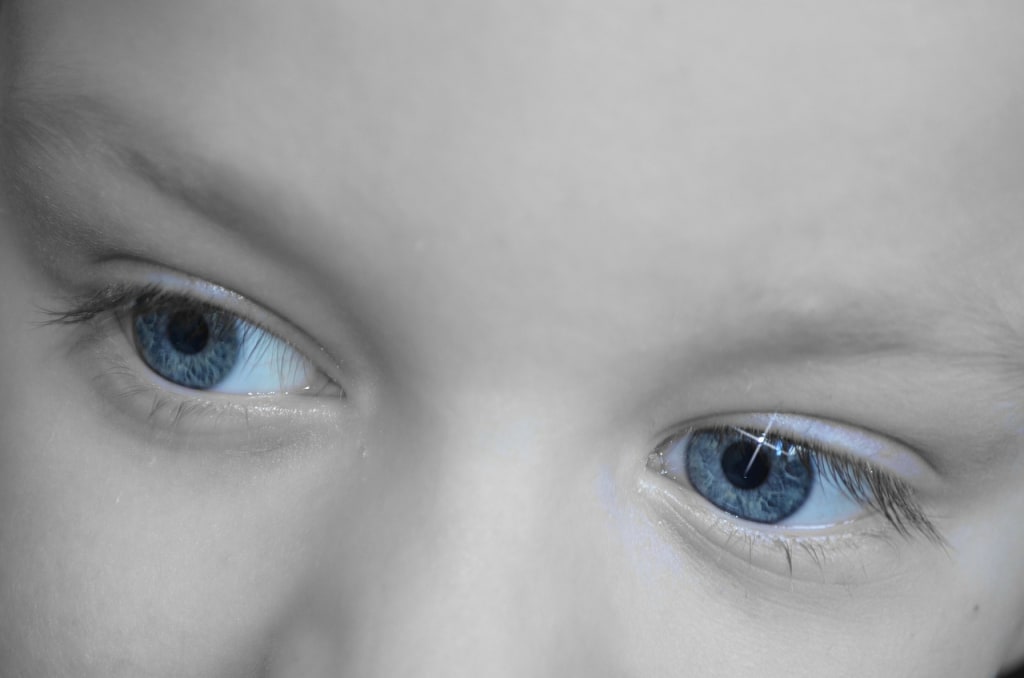
Genetic manipulation is always an interesting topic. From synthesizing chromosomes and basic organisms to creating chimera and plain not-so-old fashioned gene therapy, biomolecular science has made significant strides. Many TV shows, movies, and books depict life after advanced genetic manipulation and, for the most part, it’s bad news. With each new progression in this particular scientific arena, the topic of genetic manipulation rises in the media and in our minds. Or mine, at least. And Dave’s. Isn’t that right, Dave? Of course it is.
Really, it’s not all that far-fetched to assume designer babies are just around the corner. At least, I feel like that’s what everyone is afraid of. So, how far-fetched would it be to, say, make a person? Would it be impossible to pair a deneucleated egg with a synthesized germline and let it incubate in one of these nifty artificial wombs to make a completely new human? By new I mean not genetically connected to oh, say…parents. I’m no expert, but it seems plausible, right?
What’s stopping us?

This human is brought to you by Coca-Cola! Delicious and refreshing!
That’s a stupid question, Dave. Go sit in the corner. I think the biggest issues with creating a synthetic human are ethics and religion—very similar, but not always the same thing. Any religion based on creationism is, of course, going to be opposed to this type of science. Only God (or gods, if that’s your fancy) has the right to create people—aside from the whole reproduction process, of course. I don’t pretend to understand this logic, but I also won’t delve too deeply into it. I’m only bringing up the major religious arguing point. I’m sure there are more. So, moving on to ethics then.
The ethical questions of creating a human run from where the egg comes from and whether deneucleating an egg toes the abortion line (which would be a bit of a stretch) to what happens to failures during the project. What happens if the potential human dies early? What happens if the potential human has been miscoded and grows up defective? While birth defects and miscarriages are normal risks in natural reproduction, is it wrong to begin a project with such risks? These types of questions tend to run throughout new research—think embryonic stem (ES) cell research—before an ethical compromise is reached. In the case of ES cells, we now have induced pluripotent stem cells (iPSCs), which come from adult cells instead of embryos. But, to be fair, there is still a long way to go before this type of science can even take its first breath. For instance…
Human Genome Sequencing

Come on, guys. Does this look like the face of moral corruption?
According to the Human Genome Project, the human genome has been sequenced to within one percent. At the time (2003), that one percent was pretty much a mystery—and thought of as unimportant. Fast forward to today and we now know the percentage unsequenced is a bit larger than that one percent. We also know that the unsequenced pieces matter when it comes to things like aging and neurological functions. George Church, a Harvard Medical School bioengineer, claims the unsequenced percentage is more along the lines of four to nine percent, while Karen Miga, a molecular biologist at the University of California, Santa Cruz, says it’s right around eight percent (you can find those stats and more in this article). Whichever the case, it’s clear that we have more sequencing to do.

I made this nest after they hatched from their dragon eggs. Obviously...those weren't dragon eggs.
With faster machines that are able to run longer DNA sequences, we’re able to see some of those previously unsequenced bits. That’s a good start toward our synthetic human. Once we are able to (seriously this time) completely sequence the human genome, there arises the issue of discerning the job of each gene and the bits of “junk DNA.” We already know the function of some genes—APOE e4 increases the risk of Alzheimer’s; mutations in the LRRK2, PARK7, PINK1, PRKN, and SNCA are linked to Parkinson’s; the FTO gene is linked to obesity; and so on. The problem with completely cracking the mystery of the genome is that genes have multiple functions and multiple genes work together to perform a single function.
OMG, Is that baby a Louis Vuitton?
Right. So, there’s a lot to figure out when it comes to the science of creating a synthetic human. Mixed in with the scientific advancements are moral and ethical questions. But, what of our designer babies? Gattaca promised! Currently, germline editing is being looked at as a possible way to prevent heritable diseases under strict circumstances. That’s where we’re at—talking about the possibilities, risk vs reward, what the legislation allows and doesn’t allow and how that might change, and some lab research outside the US.
We’re closer to designer babies than some might like, but further away than some fear. While these name brand babies likely won’t be sci-fi too (subjective) much longer, we’ve probably got a ways to go (if ever) to see a synthesized human.

Just think of the creepy possibilities!
About the Creator
RJ Plant
RJ Plant is a Birmingham, AL, native currently terrorizing Williamsburg, VA. She writes sci-fi and fantasy with thriller elements and has a fantastic library, as well as a strange love for science. Want more? Visit rachaelplant.com.






Comments
There are no comments for this story
Be the first to respond and start the conversation.